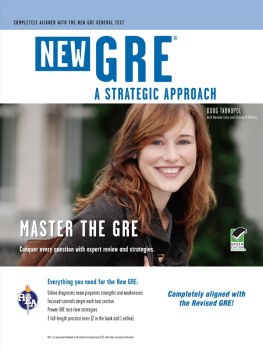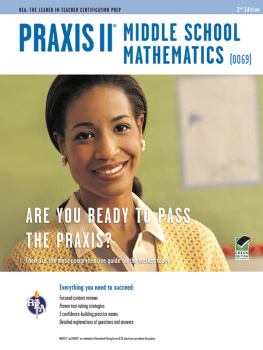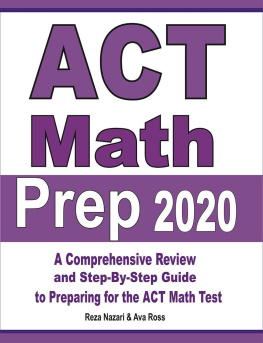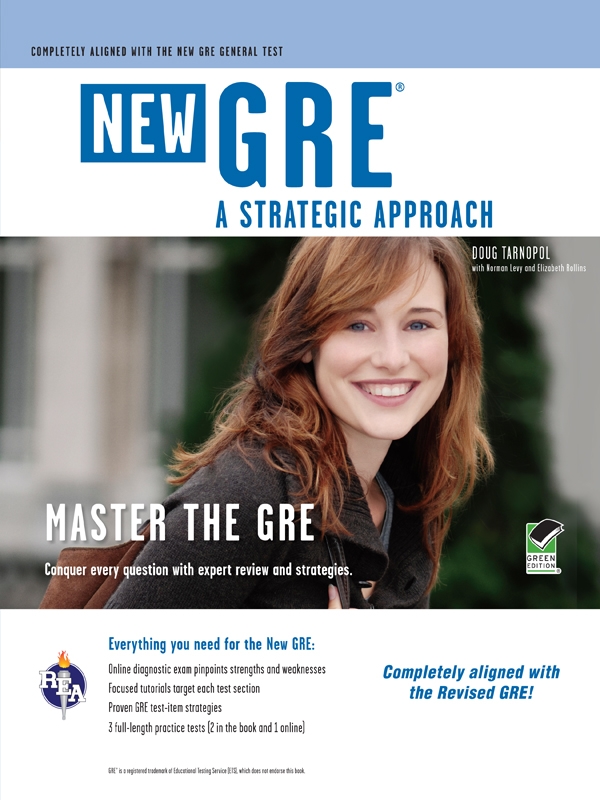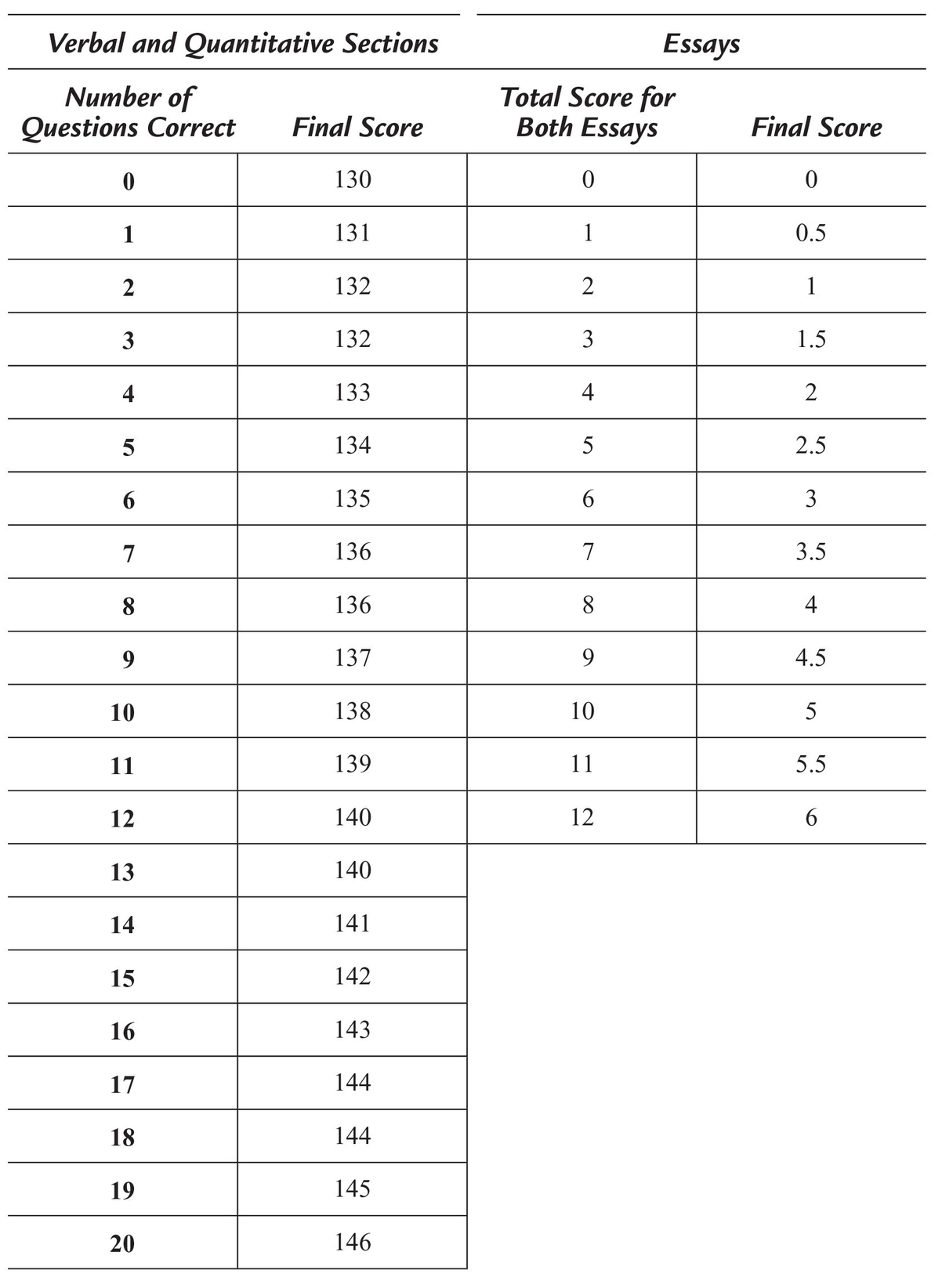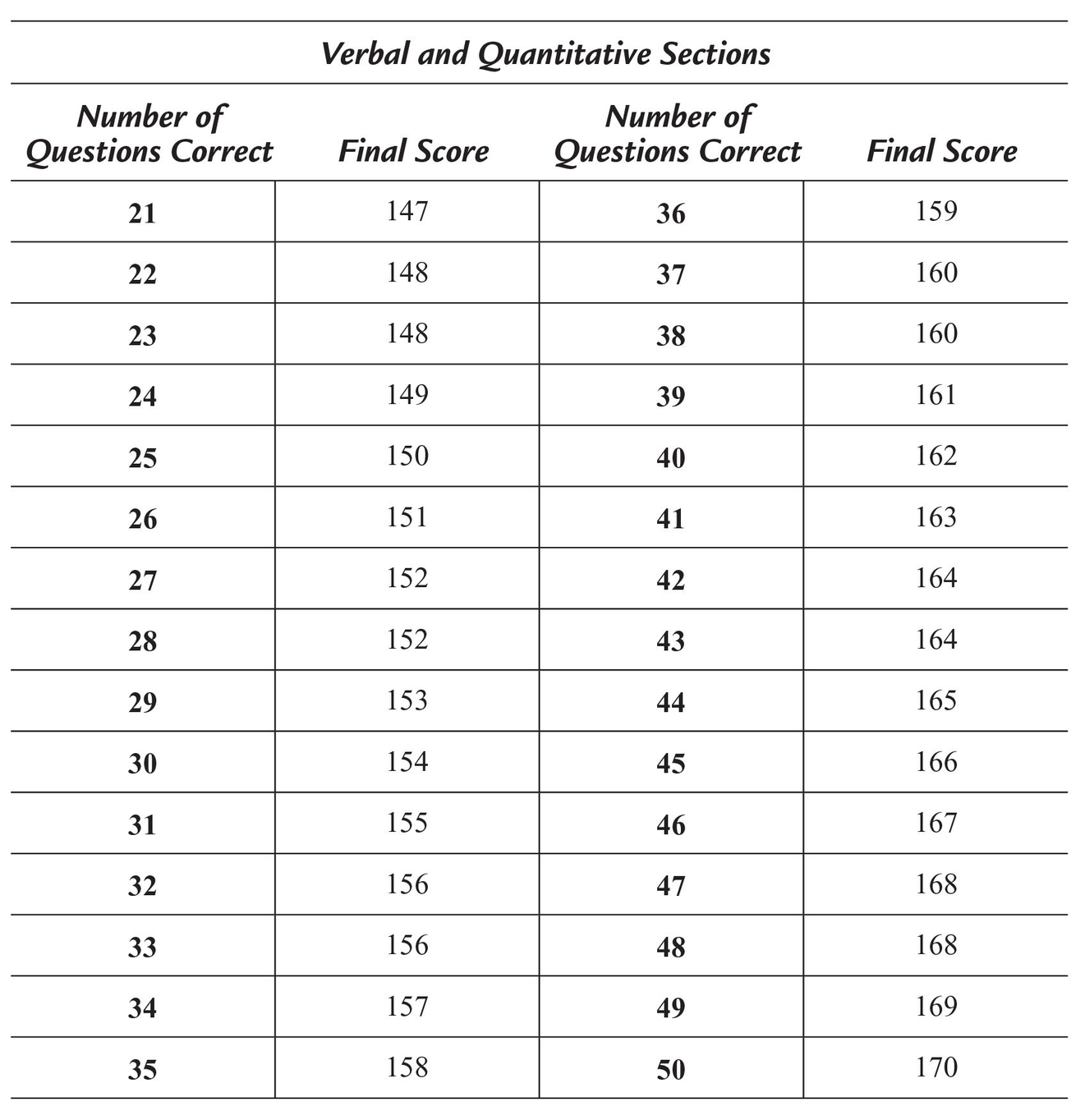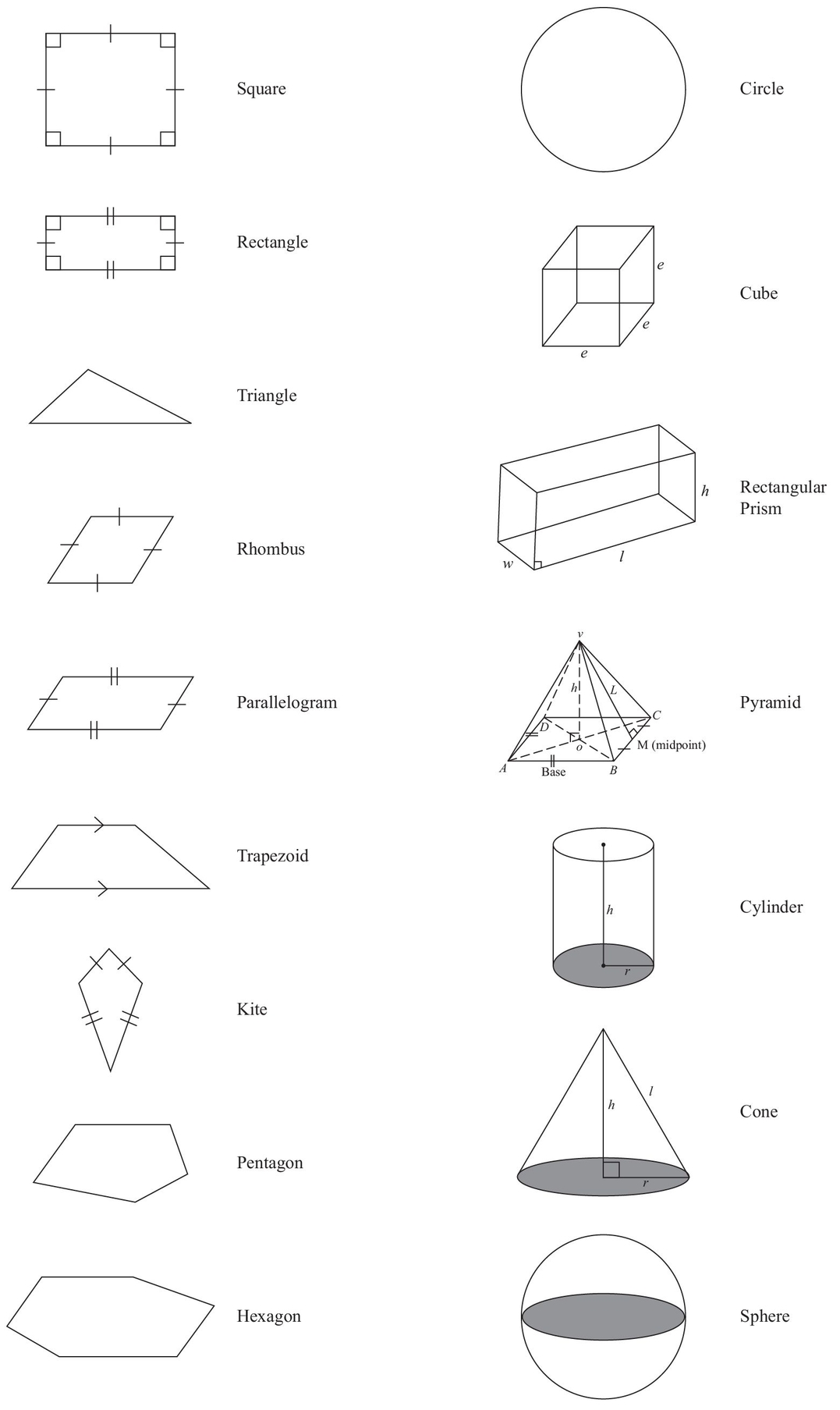Doug Tarnopol - GRE: A Strategic Approach with Online Diagnostic
Here you can read online Doug Tarnopol - GRE: A Strategic Approach with Online Diagnostic full text of the book (entire story) in english for free. Download pdf and epub, get meaning, cover and reviews about this ebook. year: 2013, publisher: Research & Education Association, genre: Children. Description of the work, (preface) as well as reviews are available. Best literature library LitArk.com created for fans of good reading and offers a wide selection of genres:
Romance novel
Science fiction
Adventure
Detective
Science
History
Home and family
Prose
Art
Politics
Computer
Non-fiction
Religion
Business
Children
Humor
Choose a favorite category and find really read worthwhile books. Enjoy immersion in the world of imagination, feel the emotions of the characters or learn something new for yourself, make an fascinating discovery.
- Book:GRE: A Strategic Approach with Online Diagnostic
- Author:
- Publisher:Research & Education Association
- Genre:
- Year:2013
- Rating:4 / 5
- Favourites:Add to favourites
- Your mark:
GRE: A Strategic Approach with Online Diagnostic: summary, description and annotation
We offer to read an annotation, description, summary or preface (depends on what the author of the book "GRE: A Strategic Approach with Online Diagnostic" wrote himself). If you haven't found the necessary information about the book — write in the comments, we will try to find it.
Are you taking the New GRE? Then you need REAs New GRE - A Strategic Approach - Complete GRE Prep for the New Test! REAs all-new GRE test prep is fully aligned with the new GRE General Test that launched in August 2011. Written by a team of experts with extensive experience in graduate-admissions test prep, our New GRE - A Strategic Approach was written entirely with the unique needs of the GRE test candidate in mind and covers every facet of the new test. Our expert subject review and strategy pointers give you an advantage on test day and help you get into the graduate school of your choice. Focused chapter reviews cover all the information tested on the new exam. The authors lively, conversational approach explains the content and structure of the test in a down-to-earth, easy-to-understand style that takes the mystery (and anxiety) out of the GRE. Each review chapter is filled with examples, practice quizzes, sample questions, and drills to reinforce key concepts. A full-length diagnostic exam is available online so you can pinpoint your strengths and weaknesses as you study. Two full-length, multiple-choice practice tests in the book simulate the actual GRE General Test. Each practice test is balanced to include every type of question, subject area, and skill tested on the exam. Our practice tests replicate the GRE question format, allowing you to assess your skills and gauge your test-readiness. Every practice exam comes with detailed feedback on every question. We dont just say which answers are rightwe explain why the other answer choices are wrongso youll be prepared on test day. Only REA combines test-taking strategies from the experts with extensive practice and focused review. This test prep is a must-have for all grad school candidates taking the new GRE!
Doug Tarnopol: author's other books
Who wrote GRE: A Strategic Approach with Online Diagnostic? Find out the surname, the name of the author of the book and a list of all author's works by series.

